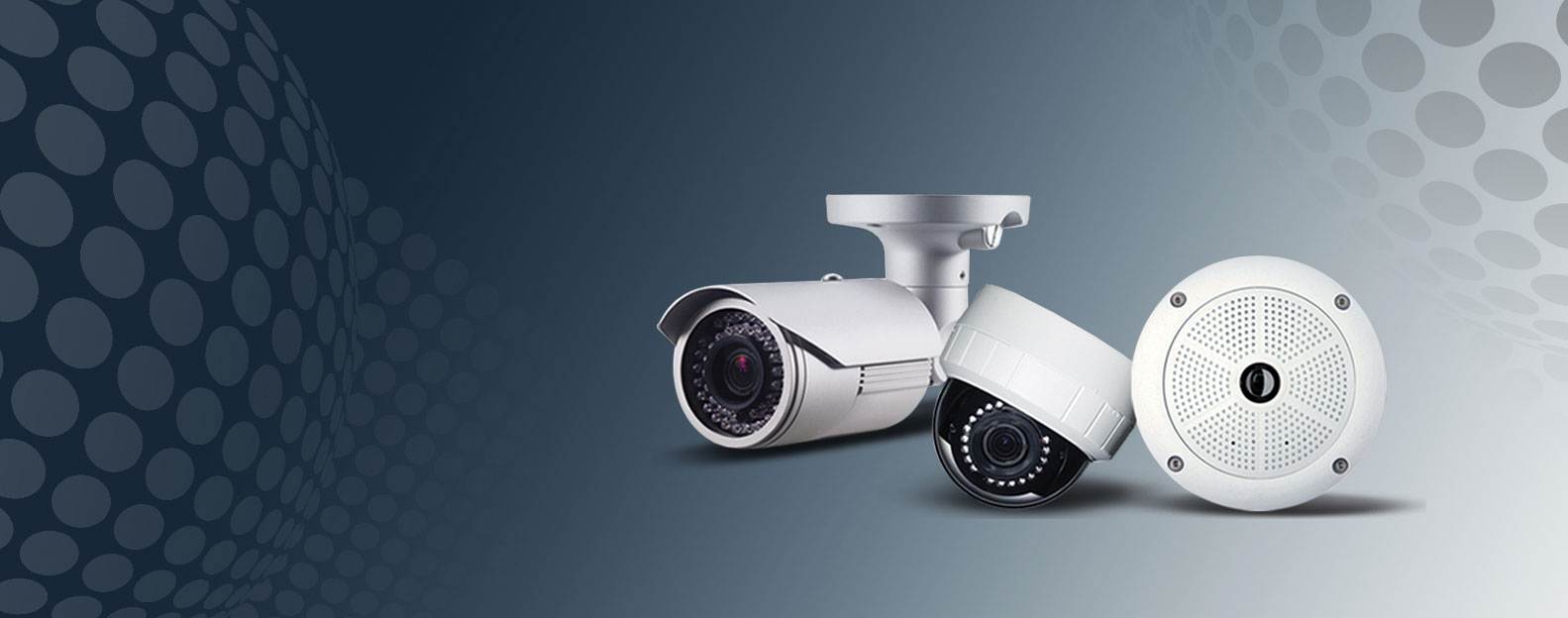
CCTV Camera
CCTV Cameras (Closed-Circuit Television Cameras) are essential for surveillance and security, used to monitor and record activities within a specific area. They help in preventing crime, monitoring premises, and providing evidence when needed. CCTV systems are widely used in various settings, including residential, commercial, and industrial environments.
Components of a CCTV System:
Cameras:
- Analog Cameras: Traditional cameras that transmit video signals over coaxial cables to a DVR (Digital Video Recorder).
- IP Cameras: Network-based cameras that transmit video over Ethernet or Wi-Fi to a network video recorder (NVR) or directly to a cloud service.
- High Definition (HD) Cameras: Provide high-resolution video, often available in both analog and IP formats (e.g., HD-TVI, HD-CVI).
- PTZ Cameras: Pan-Tilt-Zoom cameras that can be remotely controlled to adjust the camera's direction and zoom in on specific areas.
Recorders:
- DVR (Digital Video Recorder): Used with analog cameras to record and store video footage. DVRs convert analog signals into digital format and provide options for playback and storage.
- NVR (Network Video Recorder): Used with IP cameras to record and manage digital video streams. NVRs offer higher resolution and advanced features compared to DVRs.
Monitors:
- Displays the live feed from cameras and allows for real-time monitoring. Monitors can be connected directly to DVRs or NVRs, or accessed through network-connected devices.
Storage:
- Hard Drives: Used in DVRs and NVRs for storing recorded footage. Storage capacity depends on the number of cameras, resolution, and recording settings.
- Cloud Storage: Some modern systems offer cloud storage options for backing up video footage and accessing it remotely.
Cabling and Connectivity:
- Coaxial Cables: Used for transmitting video signals from analog cameras to DVRs.
- Ethernet Cables: Used for connecting IP cameras to NVRs and networks.
- Power Supply: Cameras require power, which can be supplied through separate cables or Power over Ethernet (PoE) if using IP cameras.
